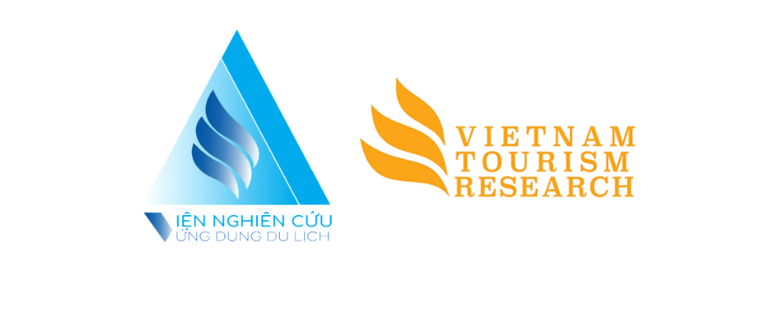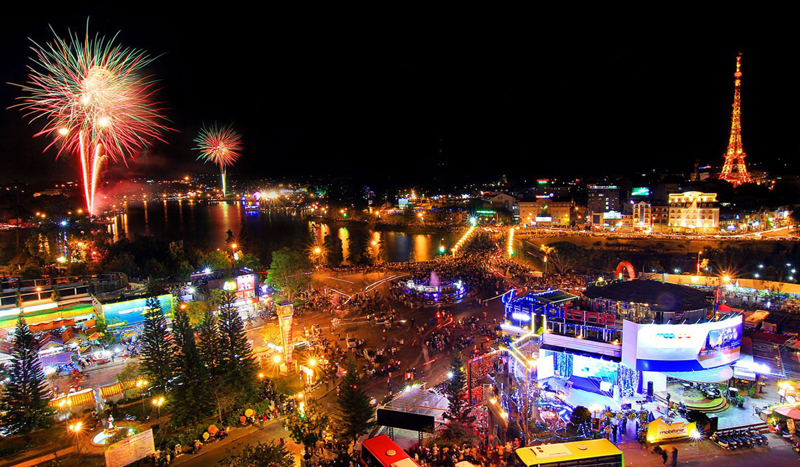This post is also available in:
Tiếng Việt (Vietnamese)
This paper examines the pivotal role of lighting in the development of night tourism, tracing its evolution from the history of urban illumination to various forms of permanent, seasonal, and event-based lighting. Drawing on global case studies, the research elucidates the impacts of lighting on visitor experiences, the stimulation of the night-time economy, and the enhancement of cultural and heritage value. Furthermore, it proposes innovative approaches to position lighting as a strategic tool in destination branding.
Introduction
Light, an essential element of life, has shaped human experiences from the earliest days to the end of life, profoundly influencing our perceptions and interactions with the surrounding world. Scientifically, light is a form of electromagnetic radiation within a specific range of the electromagnetic spectrum, typically referring to visible light – the foundation of human vision. Entering the twenty-first century, light has emerged as a multidisciplinary field with far-reaching influence, revolutionising medicine, enabling global communication through the internet, and serving as a cultural, economic, and political bridge in contemporary society.
Over centuries, light has transcended geographic, gender, age, and cultural boundaries. In the context of urbanisation and economic growth, the concept of the night-time landscape has undergone a remarkable transformation. While in ancient times nightscapes were shaped by the moon and stars, today urban lighting systems – encompassing buildings, streets, and public spaces – have given rise to the notion of “night-time construction.” This evolution has unlocked the potential of light not merely as a functional necessity, but as a tool to enhance aesthetic value and enrich the nocturnal tourism experience.
The History and Development of Illumination
The history of lighting is closely tied to the need to illuminate streets and living spaces at night. Initially, light sources were dim and measured in “candle power,” indicating the luminous intensity in a specific direction. Approximately 300 years ago, the need for urban lighting became more pressing as people required mobility and the ability to work after dark.
From the rudimentary oil lamps of the eighteenth century, to nineteenth-century gas lamps, and finally the widespread use of electric lighting in the twentieth century, technological advancements have transformed light into an indispensable factor, significantly extending human activity in both space and time.
Night Tourism: Definition and Role
According to the extended definition of the United Nations World Tourism Organization (UNWTO), tourism encompasses travel and stays for various purposes beyond leisure, provided they do not exceed one consecutive year.
Night tourism represents a distinct segment in which visitors spend evenings and nights engaging in recreational, cultural, gastronomic, or other unique experiences, rather than resting after daytime activities. The emergence and development of night tourism have created new opportunities for the broader tourism industry.
Impacts of Night Tourism and Lighting
When coupled with creative lighting strategies, night tourism generates multiple benefits:
-
Increased visitor numbers and night-time economic activity.
-
Employment creation and sustainable income generation for local communities.
-
Enhanced quality of life and infrastructure development.
-
Conservation and celebration of cultural heritage through monument illumination.
-
Attraction of foreign exchange and strengthening of destination competitiveness.
Data from the European Union show a significant increase in overnight stays in tourist accommodations from 2002–2017, with growth in 2018 surpassing daytime tourism. This underscores the role of lighting as both an enabler of the night-time economy and a driver of urban tourism development.
Forms of Lighting in Night Tourism
-
Permanent lighting: Utilises creative design and multimedia technologies to produce distinctive visual environments, often integrating sound, water features, digital projections, and special effects.
-
Seasonal lighting: Associated with cultural, religious, and festive events such as Diwali in India, Hanukkah, or Christmas.
-
Lighting events: Artistic displays combining light, sound, and colour, frequently employing laser technology and 3D mapping to attract visitors over short periods.
Case Studies
-
Rann of Kutch, India: Transforming moonlit salt flats into a celebrated night tourism destination has generated over 5,500 tourism-related businesses within 15 years.
-
Iconic lighting projects: Burj Khalifa (Dubai), Eiffel Tower (Paris), Sydney Opera House, Gardens by the Bay (Singapore) demonstrate the branding power of light.
-
Light festivals: Vivid Sydney, Amsterdam Light Festival, and Berlin Festival of Lights significantly boost visitation during off-peak seasons.
Future Prospects and Directions
The future of night tourism calls for creative, “out-of-the-box” lighting strategies, including:
-
Interactive and underwater lighting installations.Bridges and tunnels enhanced with immersive lighting designs.
-
Integration of music with dynamic lighting techniques (e.g., jump lighting) and 3D mapping.
-
Transforming rock faces, riverbanks, or open spaces into projection surfaces.
The Mandali Wind Farm illustrates how night-time illumination alone can substantially increase visitor numbers and revenue. This serves as compelling evidence that strategically designed lighting can become a new “language” of urban and heritage tourism in the era of the night-time economy.









